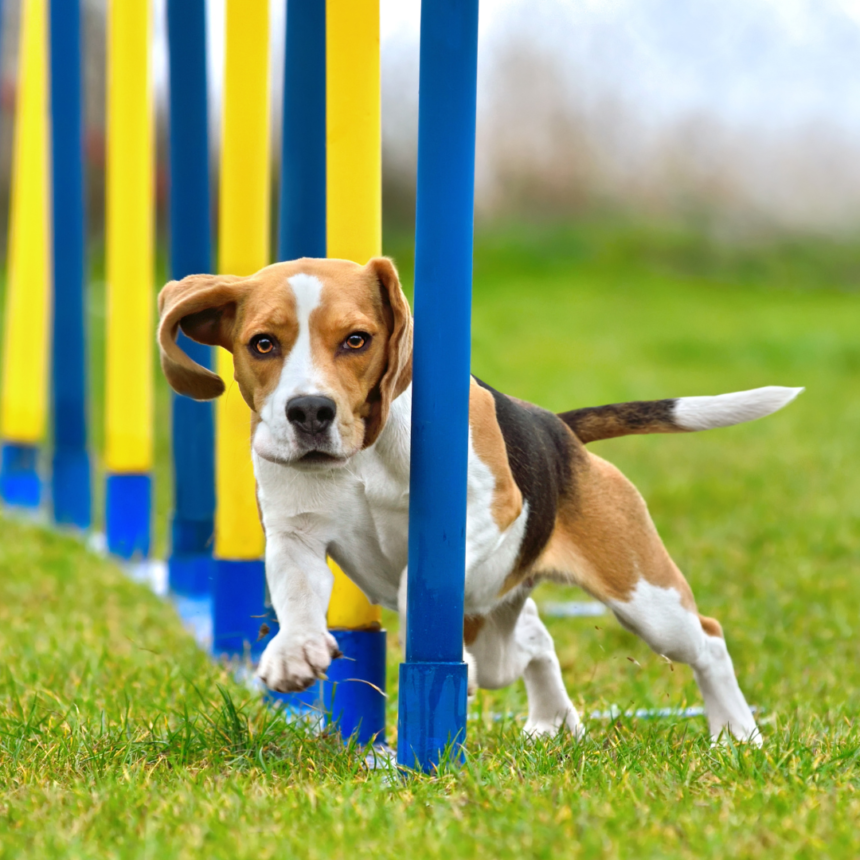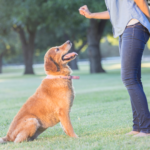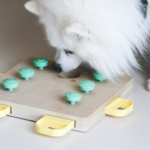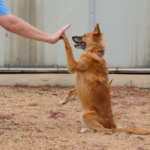Introduction
In the world of pet care, ensuring your dog’s physical health is as important as maintaining their emotional well-being. This guide aims to delve into the significance of keeping your furry friend active and healthy, exploring various aspects of dog fitness and providing practical solutions for a happier, healthier life for your canine companion.
Understanding Canine Fitness Needs
Canine companions come in various breeds and sizes, each with unique exercise requirements vital for their overall well-being. It’s crucial for dog owners to recognize and cater to these distinctive needs, considering factors such as breed-specific health concerns and varying energy levels.
Different breeds may present specific health challenges. For instance, larger breeds might be prone to joint problems, while brachycephalic breeds may face respiratory issues. Tailoring exercise routines to address these breed-specific concerns is essential. Low-impact activities can benefit dogs prone to joint problems, while gentler exercises are suitable for breeds with respiratory challenges.
Additionally, understanding and accommodating different energy levels is key. High-energy breeds like Border Collies or Huskies may thrive in more vigorous activities, such as running or agility training. On the other hand, smaller or senior dogs may prefer gentler exercises, including short walks or interactive play sessions.
Challenges in Urban Living
Living in the bustling urban landscape brings unique challenges for dog owners, requiring a thoughtful approach to ensure their furry companions lead happy and healthy lives. Two primary obstacles faced by urban dog owners are limited outdoor space and hectic schedules.
Limited outdoor space often characterizes urban living, with many pet owners residing in apartments or homes without expansive yards. This constraint can make traditional exercises like free-roaming or fetching challenging. However, overcoming this obstacle involves seeking alternative ways to provide physical and mental stimulation. Regular, short walks, visits to dog parks, and utilizing indoor exercise spaces can help keep urban dogs active and engaged.
Busy schedules further compound the challenges. Urban dwellers often juggle demanding jobs, social commitments, and other responsibilities, leaving limited time for dog care. To address this, establishing a consistent routine is crucial. Scheduled walks, playtime, and interactive activities become essential components. Additionally, outsourcing assistance through professional dog walkers or pet sitters can ensure that the dog’s needs are met even during the owner’s busiest days.
Maintaining a Balanced Diet
The link between nutrition and fitness is paramount, not just for humans but also for our canine companions. A balanced diet plays a pivotal role in supporting a dog’s energy levels and overall well-being.
Proper nutrition is the foundation of a healthy and active lifestyle for dogs. The right combination of proteins, carbohydrates, fats, vitamins, and minerals ensures that your furry friend receives the essential nutrients needed for optimal functioning. Proteins aid in muscle development, carbohydrates provide energy, and fats support various bodily functions.
Maintaining an appropriate weight is a crucial aspect of canine fitness. A well-balanced diet helps prevent obesity, a condition linked to various health issues in dogs, including joint problems and decreased mobility. Portion control and feeding a diet tailored to the dog’s age, size, and activity level are essential for weight management.
Moreover, the quality of ingredients matters. Opting for high-quality, nutrient-dense dog food contributes to the overall fitness and longevity of your pet. Avoiding excessive treats and incorporating healthy snacks can complement the main diet without compromising nutritional balance.
The Role of Mental Stimulation
While physical exercise is crucial for a dog’s well-being, mental stimulation is equally important in maintaining their overall fitness and happiness. Dogs are not just physical beings; they thrive on mental challenges that engage their intelligence and problem-solving skills.
Recognizing signs of mental boredom is essential for responsible pet ownership. Dogs may exhibit behaviors like excessive barking, destructive chewing, or restlessness when they lack mental stimulation. In such cases, it’s vital to incorporate activities that exercise their brains alongside their bodies.
Puzzle toys are a fantastic way to engage your dog mentally. These toys require them to figure out how to access a treat or solve a problem, keeping their minds sharp and focused. Interactive feeding devices that dispense kibble in response to your dog’s efforts also add an element of mental engagement during mealtime.
Training sessions are another powerful tool for mental stimulation. Teach your dog new tricks, commands, or engage in obedience training. This not only provides mental exercise but also strengthens the bond between you and your furry friend.
Fitness Tools and Accessories
Introducing fitness tools into your dog’s routine can elevate their physical activity and contribute to their overall well-being. Agility equipment, interactive toys, and doggy treadmills are valuable additions that bring numerous benefits to your furry friend’s fitness journey.
Agility equipment, commonly used in canine sports, provides a structured way for dogs to engage in physical exercise. Jumping through hoops, weaving through poles, and navigating tunnels not only improve their physical strength and flexibility but also enhance their coordination and focus.
Interactive toys are excellent for solo play, promoting physical activity while keeping your dog mentally stimulated. Toys that dispense treats or require problem-solving, such as puzzle feeders, encourage both physical and mental engagement, making playtime more enriching.
Doggy treadmills offer a controlled environment for exercise, especially beneficial for dogs in urban settings or during inclement weather. These treadmills are designed to cater to your dog’s specific needs, allowing them to maintain a consistent exercise routine even when outdoor activities are limited.
Conclusion
In conclusion, investing time and effort into your dog’s fitness not only promotes physical health but also strengthens the bond between you and your furry friend. By incorporating these practical solutions, you’re paving the way for a vibrant, active, and joyful life for your canine companion.









